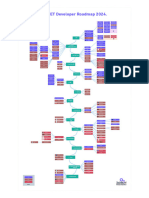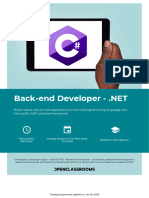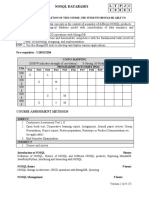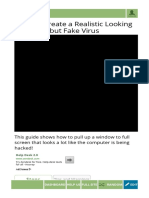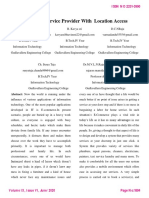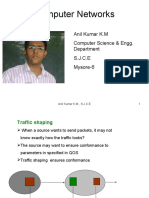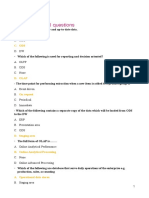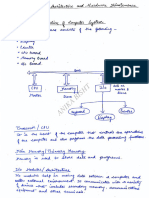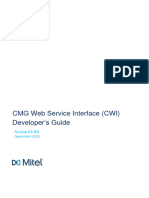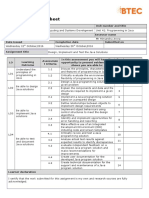0% found this document useful (0 votes)
4 views5 pagesRoadmap Advanced
This document outlines an advanced roadmap for .NET development, focusing on topics such as advanced C# techniques, design patterns, testing strategies, data access, and deployment practices. It emphasizes the importance of mastering these areas to elevate skills for enterprise-level applications and includes practical projects for hands-on experience. The roadmap encourages incremental learning and integration of advanced concepts into ongoing projects to enhance expertise in the .NET ecosystem.
Uploaded by
dexlab256Copyright
© © All Rights Reserved
We take content rights seriously. If you suspect this is your content, claim it here.
Available Formats
Download as PDF, TXT or read online on Scribd
0% found this document useful (0 votes)
4 views5 pagesRoadmap Advanced
This document outlines an advanced roadmap for .NET development, focusing on topics such as advanced C# techniques, design patterns, testing strategies, data access, and deployment practices. It emphasizes the importance of mastering these areas to elevate skills for enterprise-level applications and includes practical projects for hands-on experience. The roadmap encourages incremental learning and integration of advanced concepts into ongoing projects to enhance expertise in the .NET ecosystem.
Uploaded by
dexlab256Copyright
© © All Rights Reserved
We take content rights seriously. If you suspect this is your content, claim it here.
Available Formats
Download as PDF, TXT or read online on Scribd
/ 5




















